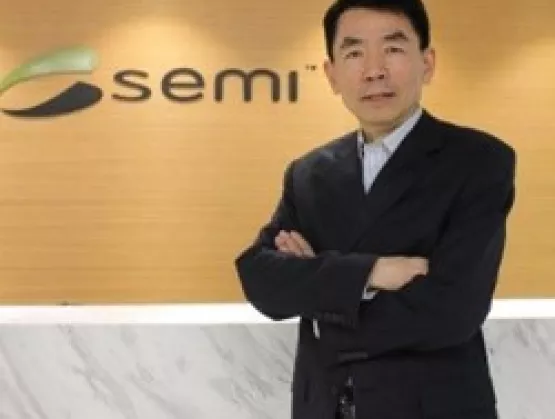
As China embarks on the Made in China 2025 plan with electronics and semiconductor technology as one of the Top 10 focus areas, China's semiconductor industry has an unprecedented growth opportunity. However, besides the huge investment required, the China IC industry is faced with strong competition in terms of technology, products, talent, and supply chain access from many leading global layers in an increasingly interconnected world and a highly global semiconductor market.
To be successful, it is critical that China's semiconductor industry speed up its integration into the global industry supply chain. The goal is to achieve sustainable growth through “win-win” collaboration with global partners and leveraging industry platforms to become a significant player and partner in the international semiconductor manufacturing industry ecosystem.
China Semiconductor Industry Growth
In recent years, many new 12-inch fab projects have been announced, started construction, or in ramp-up stage in China, including UMC in Xiamen, PSC in Hefei, TSMC in Nanjing, YMTC in Wuhan and Nanjing, as well as GLOBALFOUNDRIES in Chengdu. Many China-based foundries are adding 12-inch capacity including SMIC fabs in Shanghai, Beijing and Shenzhen, and HLMC in Shanghai area. The production capacity of these ~20 new fabs is expected to come online in the next three to five years.
SEMI has seen active interest in several local cities in attracting global and China-based companies to set up semiconductor fabrication facilities. The strong trend for expansion and investment shows no signs of slowdown in China. The current investment fever in semiconductors in China is a balancing act ─ it will lead both to the development of a regional industry supply chain and the demand for capital investment in China. However, as with any expansion bubble, new production capacity in some mature nodes might create overcapacity and raises questions of sustainability paired with the severe shortage of skilled workers/engineers and uncertainty of future fund availability for continuing operations and investment.
Rise of China
China’s expansion in semiconductor manufacturing should be viewed through a global context. SEMI advocates for free trade and open markets, international cooperation for intellectual property (IP) rights protection, industry Standards, and environmental protection. SEMI promotes the global electronics manufacturing supply chain and works to positively influence the growth and prosperity of its members.
In 2016, before stepping down, the U.S. Obama administration delivered a report from the Council of Advisors on Science and Technology. Part of the report addressed the rise of China's semiconductor industry and recommended the United States should improve its environment for development of the semiconductor and high-tech industry and continue to invest in advanced technologies.
Each country will evaluate their own course as the China market expands. However, the rise of the semiconductor industry in China need not be viewed simply as a threat to the world; instead, it is a significant growth driver and business opportunity for global suppliers. IC chips top the list of all Chinese bulk imports in terms of dollar value. China desires to develop its IC chip industry to better fulfill its inherent demand. China currently has low market share and limited technical capability in four major areas identified in the China National IC Development Guideline: IC design, manufacturing, package/testing, and equipment/material.
China is clear about its intentions with regard to growing its own semiconductor supply chain. In the short term, heavy dependency on foreign suppliers (especially equipment and material) is inevitable. Going forward, cooperation with foreign semiconductor suppliers/partners with an open-minded and “win-win” attitude is an imperative strategy in solving the development bottleneck issues concerning equipment/materials and other key areas in China's semiconductor industry.
Learn more about developments in China by visiting the “Window on China.”